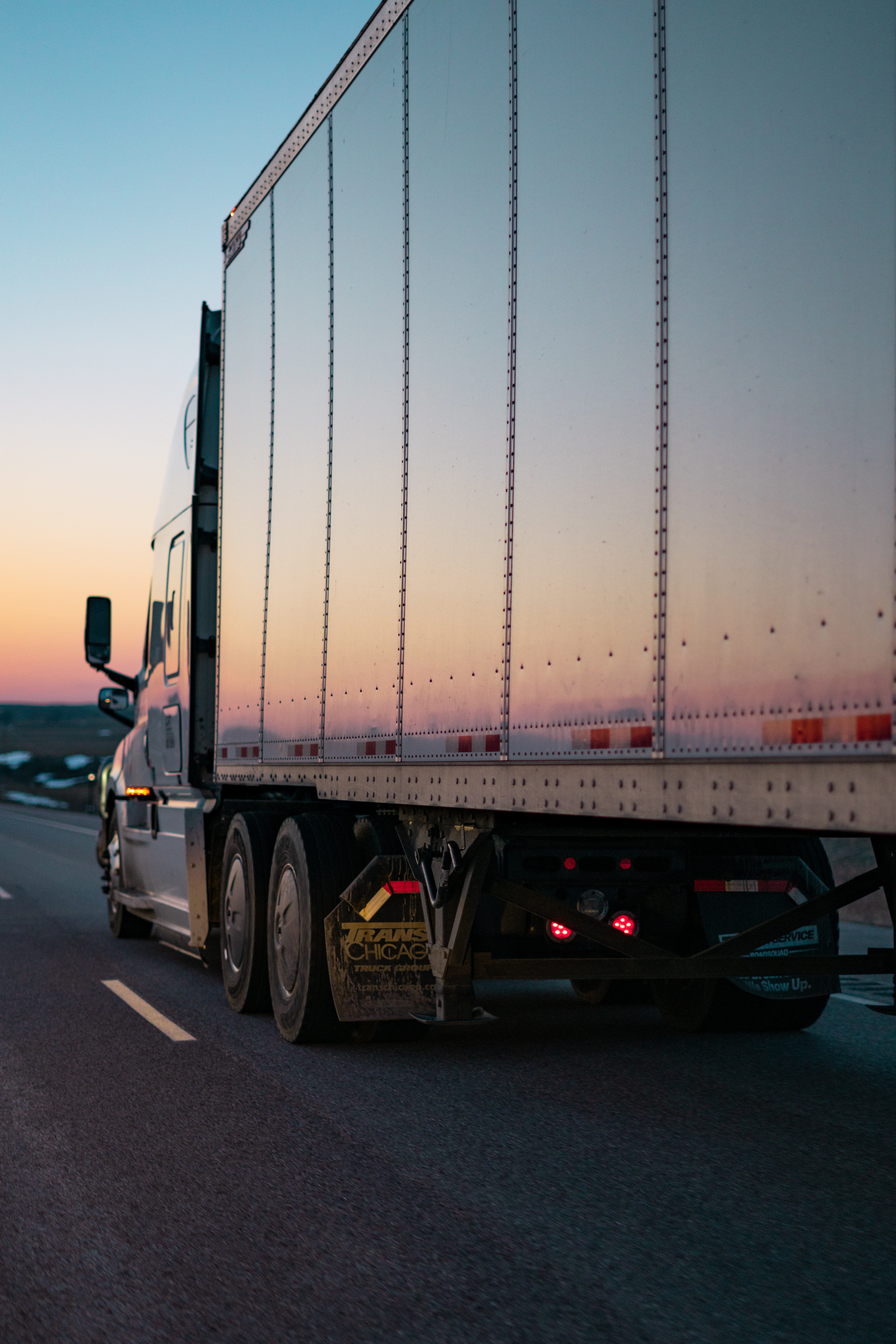Resources
Revolutionary Efficiency: Low Rolling Resistance Tires for Heavy-Duty Vehicles
Everything you need to know about LRR tires.
Jul 2, 2023

Introduction:
In an era where sustainability and fuel efficiency are paramount, the transportation industry and tire manufacturers have been seeking innovative solutions to reduce carbon emissions and cut costs. One such breakthrough is the introduction of low rolling resistance tires for heavy-duty vehicles. These tires have gained significant attention for their ability to improve fuel efficiency without compromising performance. In this article, we will explore what low rolling resistance tires are, how they achieve greater fuel efficiency, and the potential savings they can offer for a fleet of semi-trucks.
Understanding Low Rolling Resistance Tires:
Low rolling resistance (LRR) tires are specially designed to minimize the energy lost as heat when a tire rolls on the road. Compared to traditional tires, LRR tires feature advanced materials and construction techniques that reduce the energy required to keep the tire rolling. The reduced resistance helps improve fuel economy, decrease emissions, and in some cases extend tire life.
Achieving Greater Fuel Efficiency: The primary goal of LRR tires is to enhance fuel efficiency for heavy-duty vehicles. The key factors contributing to their superior performance are:
Tread Design: LRR tires incorporate unique tread patterns that reduce friction between the tire and the road. These patterns optimize traction and braking capabilities while minimizing energy loss.
Advanced Tire Compounds: The compounds used in LRR tires are formulated to reduce internal friction and heat generation during rolling. This improves fuel economy by reducing the energy needed to overcome resistance.
Cost-Saving Potential:
Switching to LRR tires can yield significant savings for a fleet of heavy-duty vehicles. While the exact figures may vary based on specific factors, let's consider a hypothetical scenario involving 100 semi-trucks travelling 100,000 kilometers on average per truck.
a) Fuel Efficiency Gains: LRR tires typically offer a fuel efficiency improvement of around 3-5% compared to conventional tires. Assuming an average fuel consumption of 29.4 liters per 100 kilometers (L/100 km) for the fleet, a conservative estimate would be a 4% improvement in fuel efficiency. This would result in a fuel savings of approximately 22,800 liters per year.
b) Cost Savings: With diesel fuel prices fluctuating, let's assume a conservative average of $1.20 per liter. The fuel savings from using LRR tires would amount to $27,360 annually. Over the lifespan of the tires, the savings can be substantial.
c) Environmental Benefits: Switching to LRR tires for a fleet of 100 semi-trucks would also contribute to reducing carbon emissions. With each liter of diesel fuel burned resulting in around 2.64 kilograms of CO2 emissions, the annual reduction in CO2 emissions could reach approximately 60,192 kilograms.
Conclusion:
Low rolling resistance tires represent a remarkable advancement in heavy-duty vehicle technology, offering a combination of fuel efficiency, cost savings, and environmental benefits. As the transportation industry continues to prioritize sustainability, low rolling resistance tires are poised to play a crucial role in shaping a more efficient and greener future.
LRR Tires at Half the Cost:
If your fleet is interested in low-rolling resistance tires, reach out to Green Freight Assessments (info@greenfreight.ca) to learn how up to 50% of their cost can be reimbursed through the Green Freight program by Natural Resources Canada. We help fleets of all sizes purchase fuel-saving equipment for less by helping them access the grant program. Fleets are eligible for up to $250,000 per year until 2027.
Contact us today!